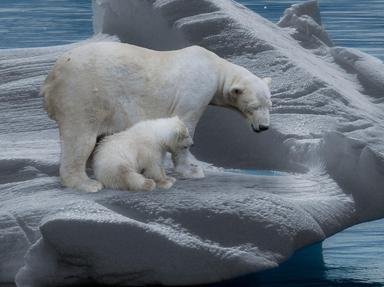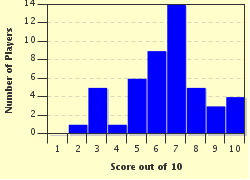Quiz Answer Key and Fun Facts
1. Antarctica is home to very few land animals, but its waters are teeming with microscopic life. One type of microorganism, phytoplankton, provides the basis of the entire Antarctic food chain. What is it called when they rapidly increase their numbers?
2. Krill are classed as which type of creature?
3. Many of Antarctica's 200 or so species of fish will feed on krill. One interesting genetic suborder is Nototheniodei or the icefishes. Which of these do they lack, which most fish have?
4. Mesonychoteuthis hamiltoni, the Antarctic squid, is commonly known by which name?
5. Among the birdlife of Antartica is one known to make the longest migration known in any creature. Which of these is it?
6. Many species of penguin call Antarctica home. The largest penguin species, the Emperor Penguin, primarily feeds on krill, squid, and fish. What is the first way that Emperor penguin chicks get their food just after birth?
7. Other Antarctic birds include the petrel. One species, the Southern Giant Petrel (or stinker) will not only feed on krill, squid, and fish but on penguin chicks, other seabirds, and dead animals as well. Giant petrels earned the name stinker by a trait they have when they feel threatened. What is that trait?
8. Leopard seals in the sub-Antarctic waters generally feed on krill, fish, squid, penguins, and even small seals. Where do the leopard seals generally hunt penguins?
9. Antarctica is also known for its whale populations. Orcas generally hunt together in groups to take down larger prey. What are these groups called?
10. We've almost worked our way up the entire Antarctic food chain. What animal is directly or indirectly responsible for the deaths of all of the other creatures of Antarctica, including plankton, krill, squid, fish, penguins, petrels, seals and whales?
Source: Author
Archpenguin
This quiz was reviewed by FunTrivia editor
rossian before going online.
Any errors found in FunTrivia content are routinely corrected through our feedback system.

